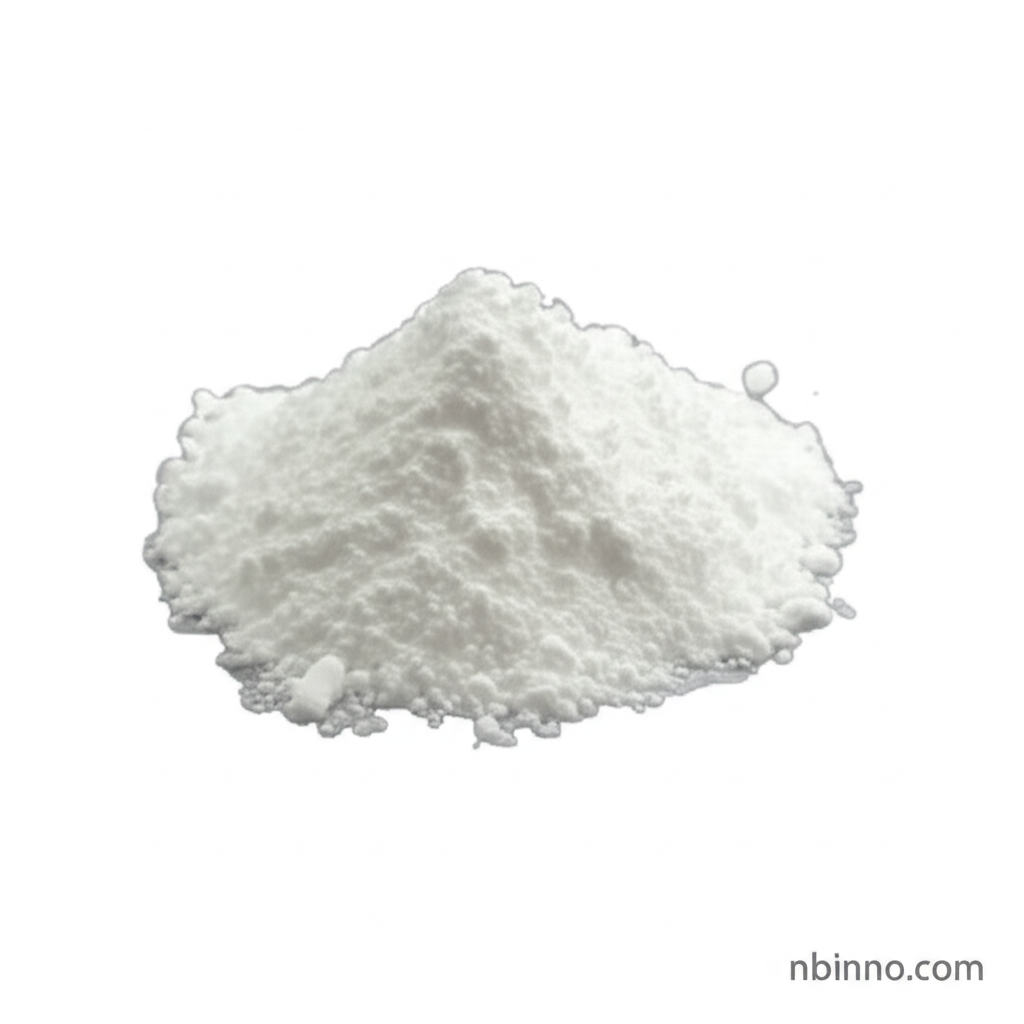5-Chloropyridine-3-carboxylic Acid: Potent Antibacterial Agent Against Plant Pathogens
Discover the powerful antibacterial capabilities of 5-chloropyridine-3-carboxylic acid in safeguarding crops from devastating bacterial diseases.
Get a Quote & SampleProduct Core Value

5-Chloropyridine-3-carboxylic acid
This compound exhibits significant antibacterial activity against a wide range of plant pathogenic bacteria. Its efficacy in disrupting bacterial cell membranes and inhibiting critical functions like motility and biofilm formation makes it a valuable asset in crop protection.
- The antibacterial activity of 5-chloropyridine-3-carboxylic acid has been demonstrated against numerous plant pathogens, offering broad-spectrum control.
- Understanding the mechanism of action of 3-CCA against Acidovorax citrulli reveals its potential to disrupt bacterial cell membrane integrity.
- Research into controlling plant bacterial diseases with coumarin derivatives like this acid highlights a move towards more sustainable agricultural practices.
- In vitro antibacterial screening of 5-chloropyridine-3-carboxylic acid shows potent inhibition rates, paving the way for new product development.
Key Advantages
Broad-Spectrum Efficacy
This compound demonstrates effectiveness against multiple bacterial species, providing comprehensive crop protection and supporting efforts in controlling plant bacterial diseases.
Mechanism of Action
By disrupting bacterial cell membranes and inhibiting vital processes like motility and EPS production, this acid offers a multi-pronged approach to pathogen control.
Biofilm Inhibition
The ability to inhibit bacterial biofilm formation is crucial for preventing pathogen persistence and spread, making this a key advantage in developing advanced bactericides.
Key Applications
Agricultural Biocontrol
The in vitro and in vivo efficacy of 5-chloropyridine-3-carboxylic acid against Acidovorax citrulli makes it a promising candidate for agricultural biocontrol agents.
Pharmaceutical Intermediates
As a derivative of coumarin, it serves as a valuable building block for synthesizing new compounds with potential medicinal properties.
Research and Development
Its well-defined antibacterial properties make it an excellent tool for research into new antibacterial agents and understanding pathogen mechanisms.
Sustainable Agriculture
Offering a potential alternative to traditional pesticides, it supports the development of more sustainable agricultural practices.
Related Technical Articles & Resources
Why Choose Us?
Leverage our expertise and state-of-the-art infrastructure to accelerate your journey from discovery to commercial success.
Global Experience
With 20 years of R&D, manufacturing, and sales experience, we proudly serve clients across 60 countries and regions worldwide.
Advanced Facilities
Our in-house R&D laboratory, pilot platform, and large-scale production workshop are equipped to meet the audit requirements of global customers.
Seamless Scalability
We facilitate a perfect transition from small-scale lab requirements (grams) to full commercialization (hundreds of tons).
